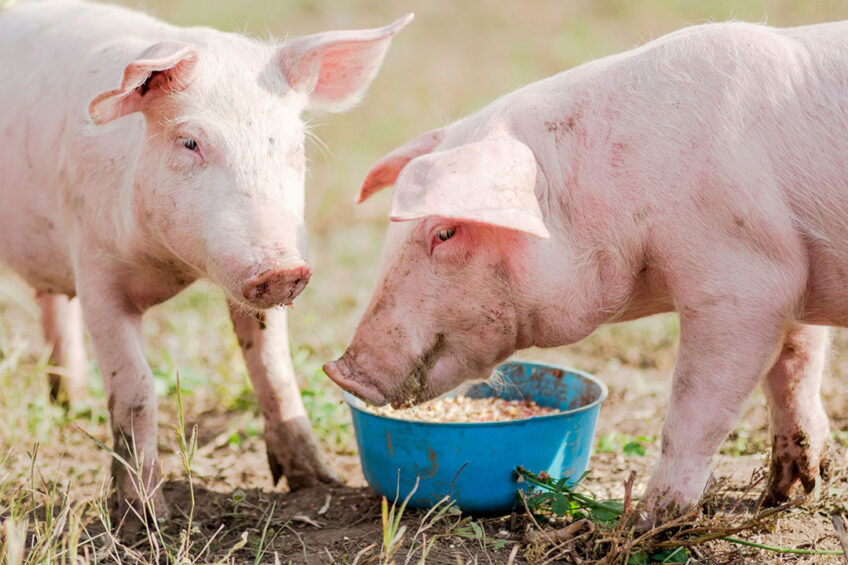4 tactics to avoid common mistakes in swine nutrition

Pigs are monogastric animals with simple, single-chambered stomachs that require easily digestible, high-quality feed containing essential nutrients to meet their needs for maintenance, growth, reproduction, and lactation.
Factors such as genetic variation, environment, nutrients availability in feedstuffs, disease levels, and other stressors increase the desirable level of nutrients for optimal performance. When formulating diets, nutritionists and swine producers should consider following tactics to avoid the common mistake in swine nutrition.
 Update the feed ingredient database
Update the feed ingredient database
It is essential to know about feedstuff and to evaluate feed ingredients precisely. All over the world, feed manufacturers as well as swine producers struggle to keep their feed ingredient database updated. Knowledge of the right feed ingredient evaluation is a dynamic task which needs to be done constantly and it will save money for both manufacturers and producers. Nowadays, there are fast analytical methods to maintain the feed ingredient database up to date. It is recommended to analyse feed samples for major nutrients like phosphorus, calcium, etc., then set up a system and if ingredients deviate from current database, an update is required.
 Consider requirements vs. reality of first few diets post-weaning
Consider requirements vs. reality of first few diets post-weaning
Given the importance of antibiotic resistance as a public health problem, guidelines and recommendations are developed to limit antibiotic use in food animals. Therefore, we need to reconsider the amount of protein in post-weaning diet formulations. Without antibiotics newly weaned pigs are not able to handle the 23% crude protein in the first post-weaning diet and they will get diarrhoea. Post-weaning diarrhoea is an economically important disease in pig production worldwide characterised by sudden death, dehydration, and growth retardation in surviving piglets. It is recommended to formulate the first post-weaning diet with 16-18% crude protein and to monitor pigs for diarrhoea during transition period. After 2 weeks with no signs of diarrhoea the amount of crude protein may be increased to meet amino acid requirements.
 Evaluate transition strategies to corn-soy diet
Evaluate transition strategies to corn-soy diet
Transition into solid feed is a top priority at weaning. To lower the costs, some producers move pigs from a milk-based diet to corn-soy too quickly. Digestive enzymes in the newly weaned pigs are set to handle the proteins and carbohydrates found in milk and fast transition can result in reduced growth rate. Pigs need to undergo a transition allowing them to develop enzymes for digestion of cereal grains and soybean meal and the minimum weight in the transition period needs to be 25-30 pounds.
 Grind feed grains to a uniform fine particle size
Grind feed grains to a uniform fine particle size
Although pigs can eat whole grains, they cannot digest them. The optimum particle size for pigs is 700-800 microns. Fine grinding increases feed interaction with pig’s digestive enzymes, improves nutrients absorption and enhances pig performance. In addition, with high grain costs, a reduction of 100 microns can increase feed efficiency by $1.00 per pig. Although, grinding any finer than 700 micron is expensive, may cause stomach ulcers in pigs and the time and energy inputs often outweigh any improvement in feed efficiency.











